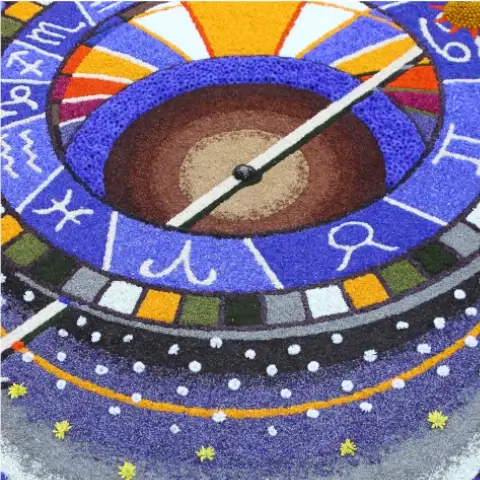Off the Beaten Path: 5 Lesser-Known Italian Sites You Should Visit
Explore Italy’s hidden treasures with our guide to five lesser-known destinations, including Cava Museo, Palermo’s Martorana, and the Underwater Archaeological Park of Baia. Discover unique history, art, and natural beauty off the beaten path!
Off the Beaten Path: 5 Lesser-Known Italian Sites You Should Visit Read More »

